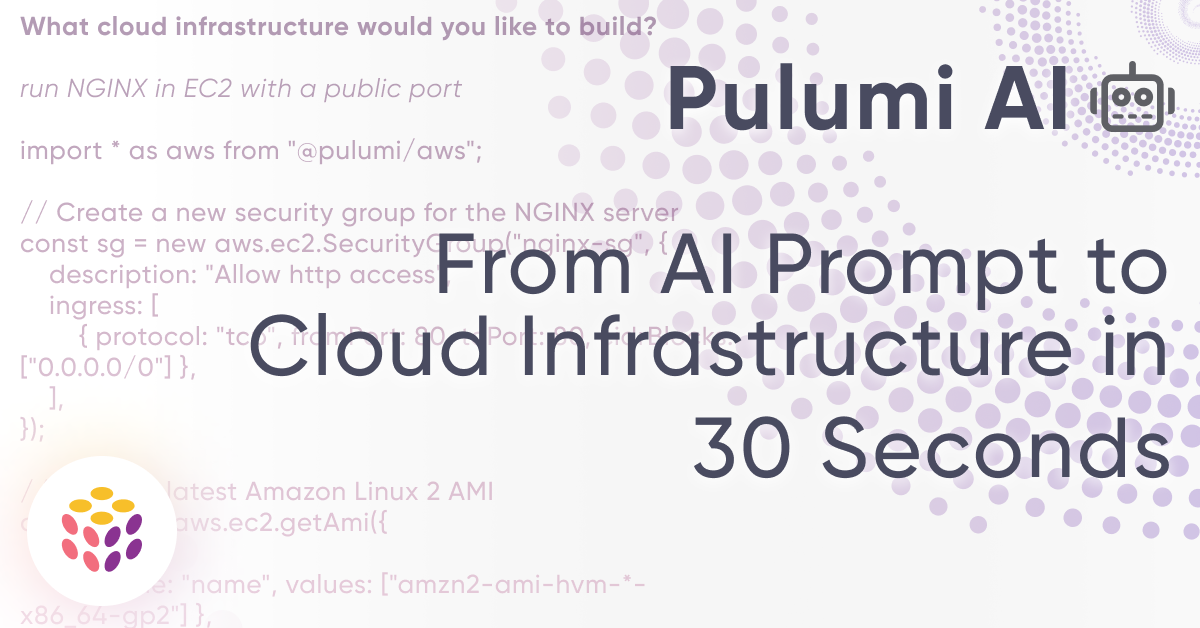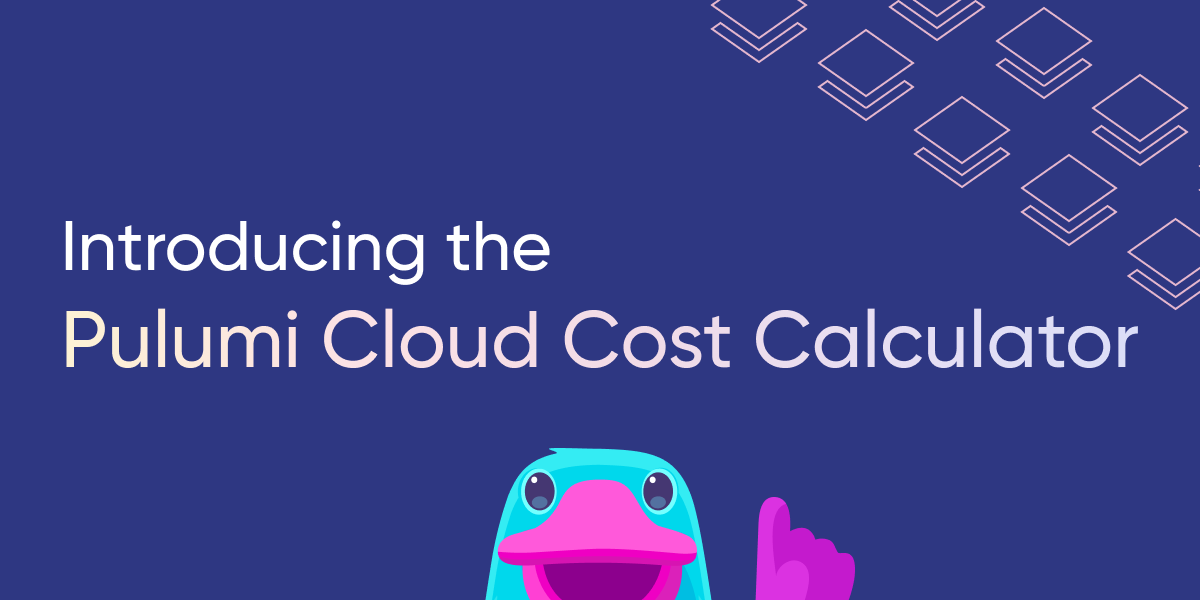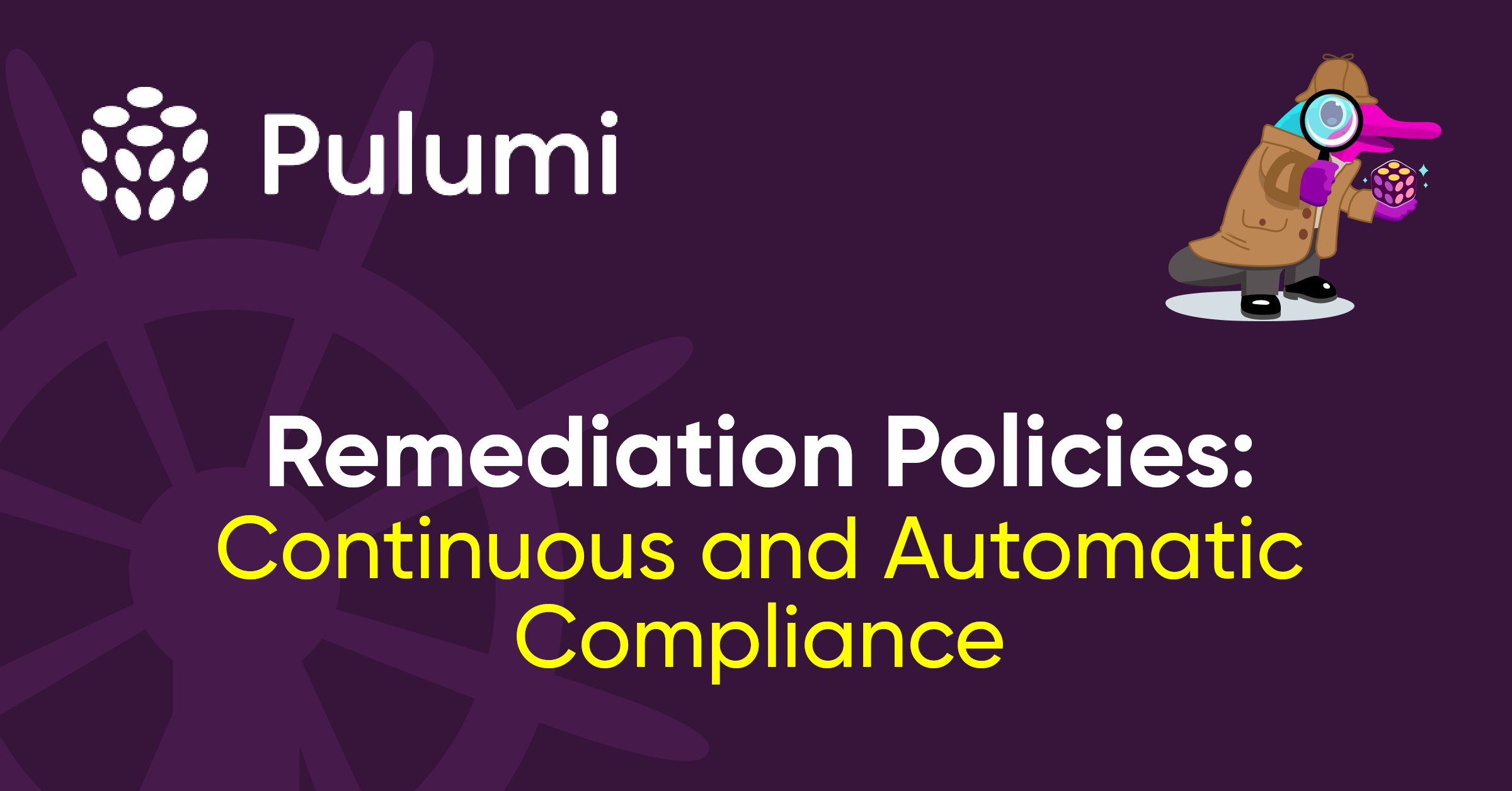Introducing Customer-Managed Agents for Pulumi Deployments

At Pulumi, we constantly strive to build solutions that not only simplify infrastructure management but also align with the diverse and specific needs of our customers. To that end, we’re thrilled to announce the general availability of Customer-Managed Agents for Pulumi Deployments.








